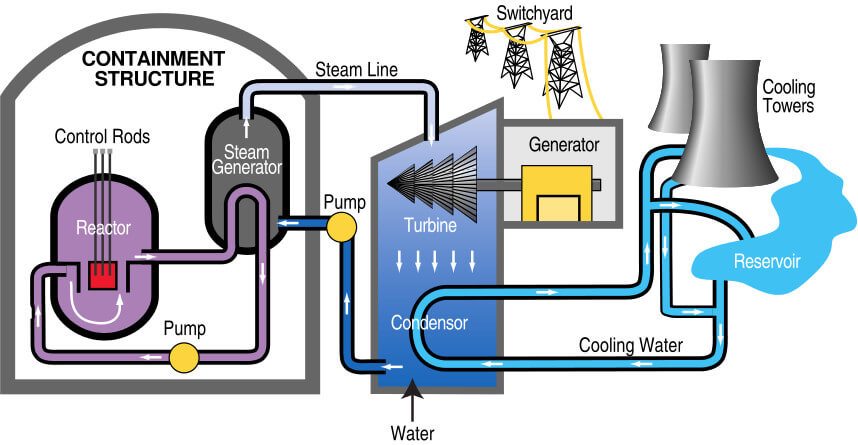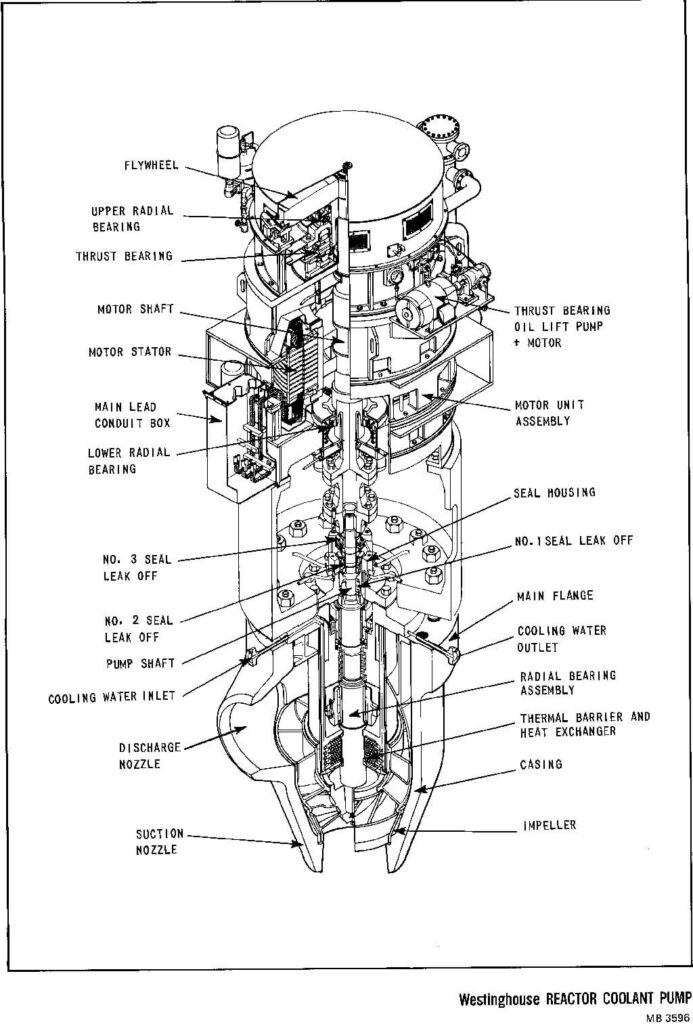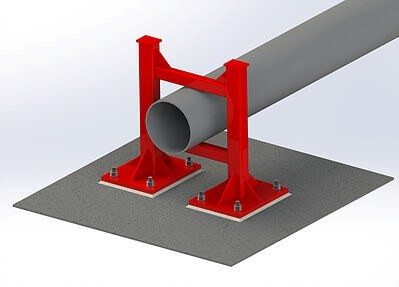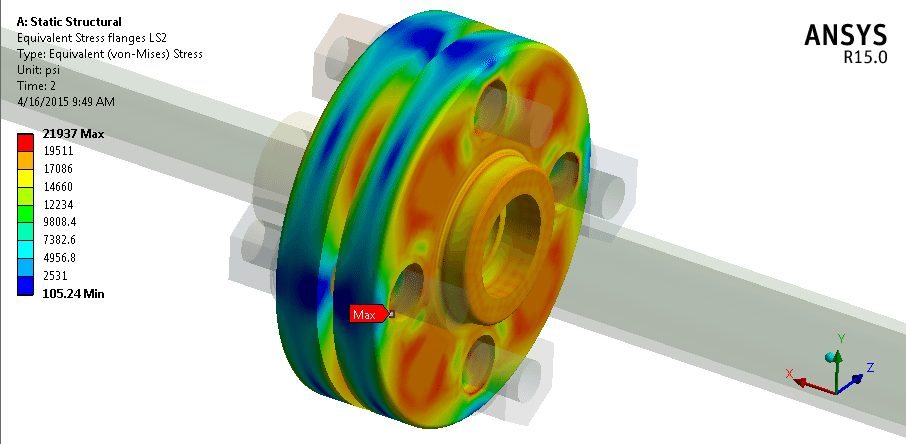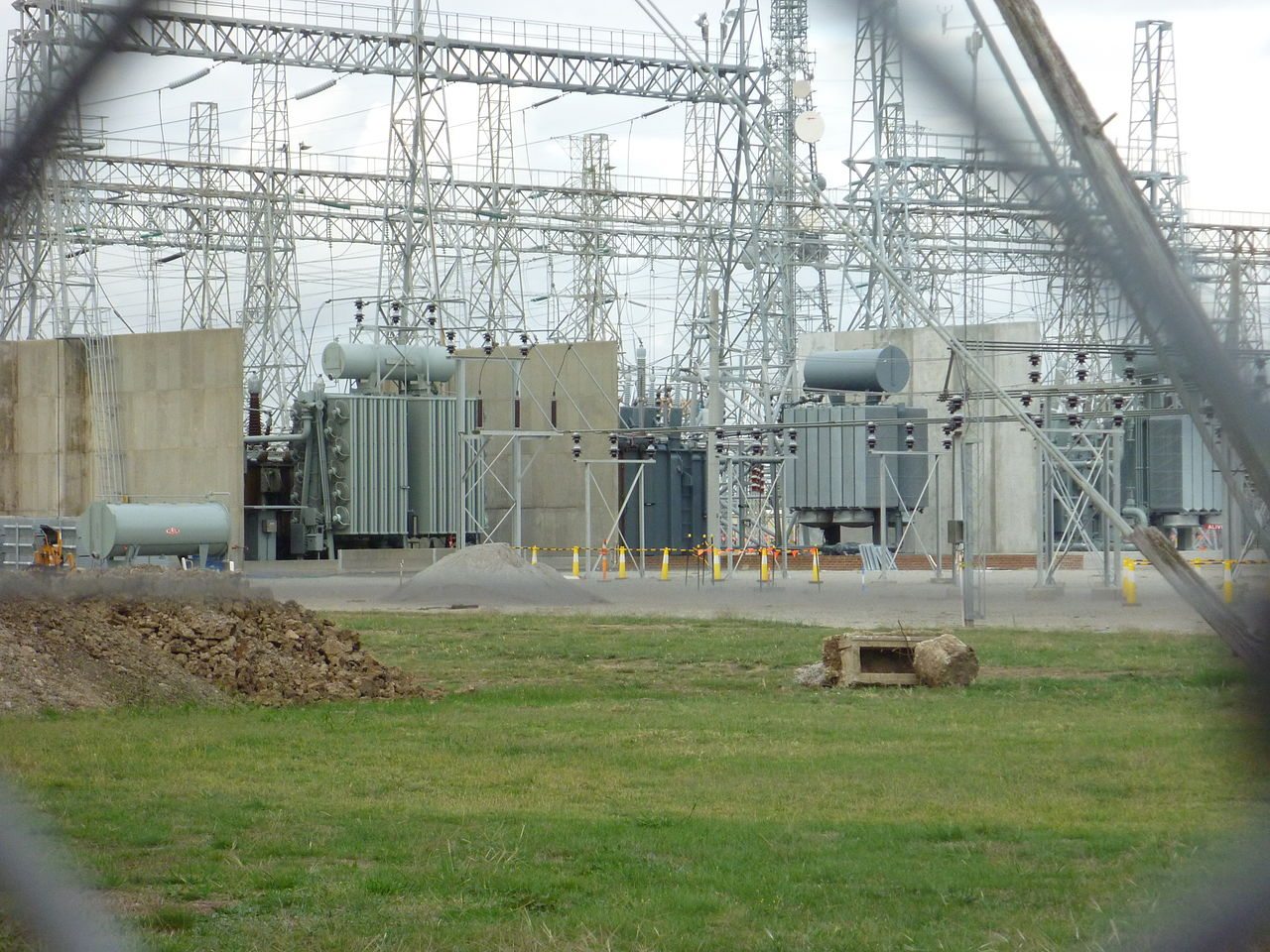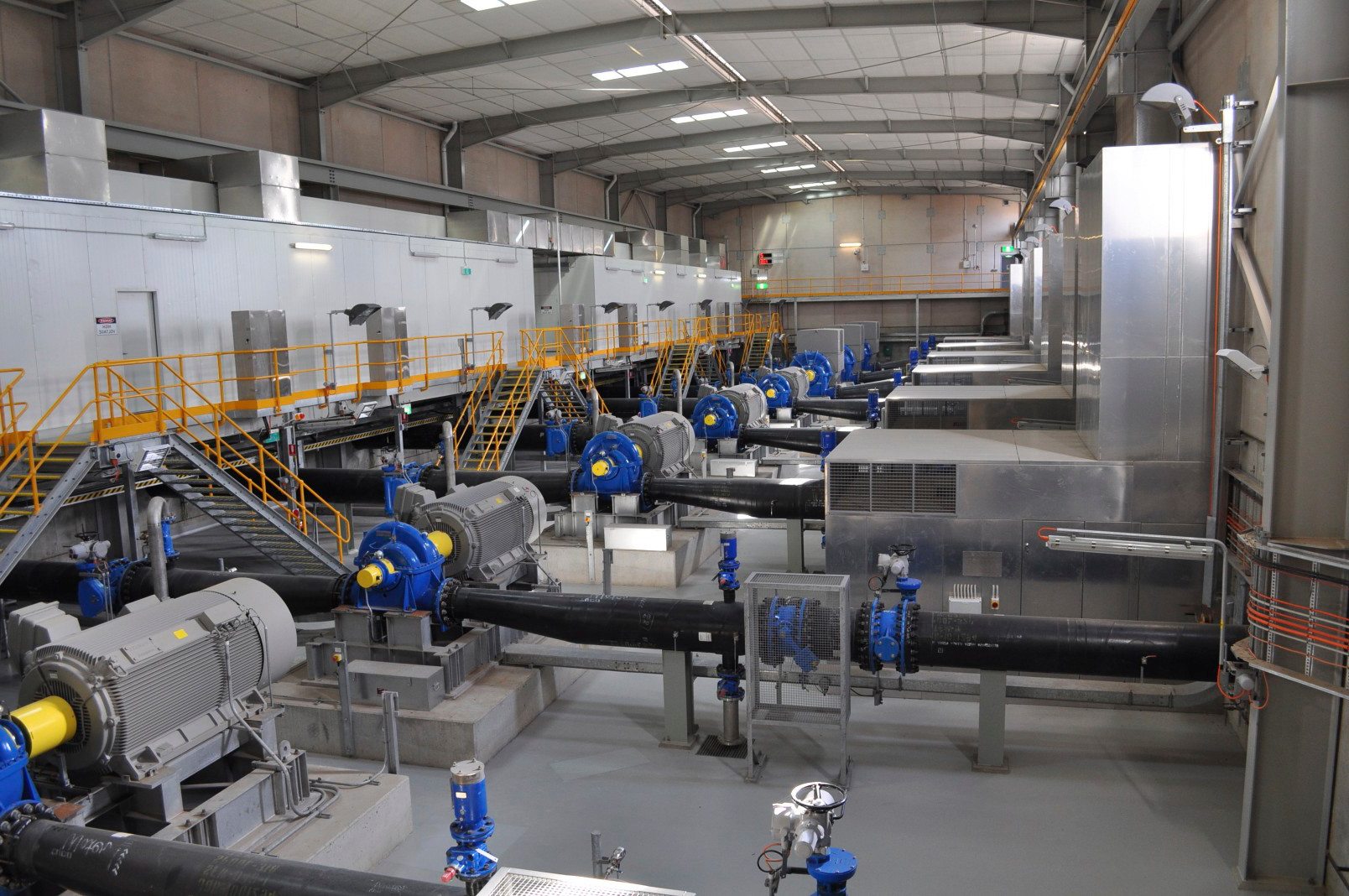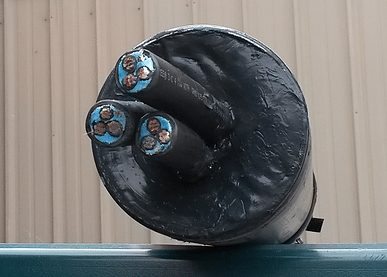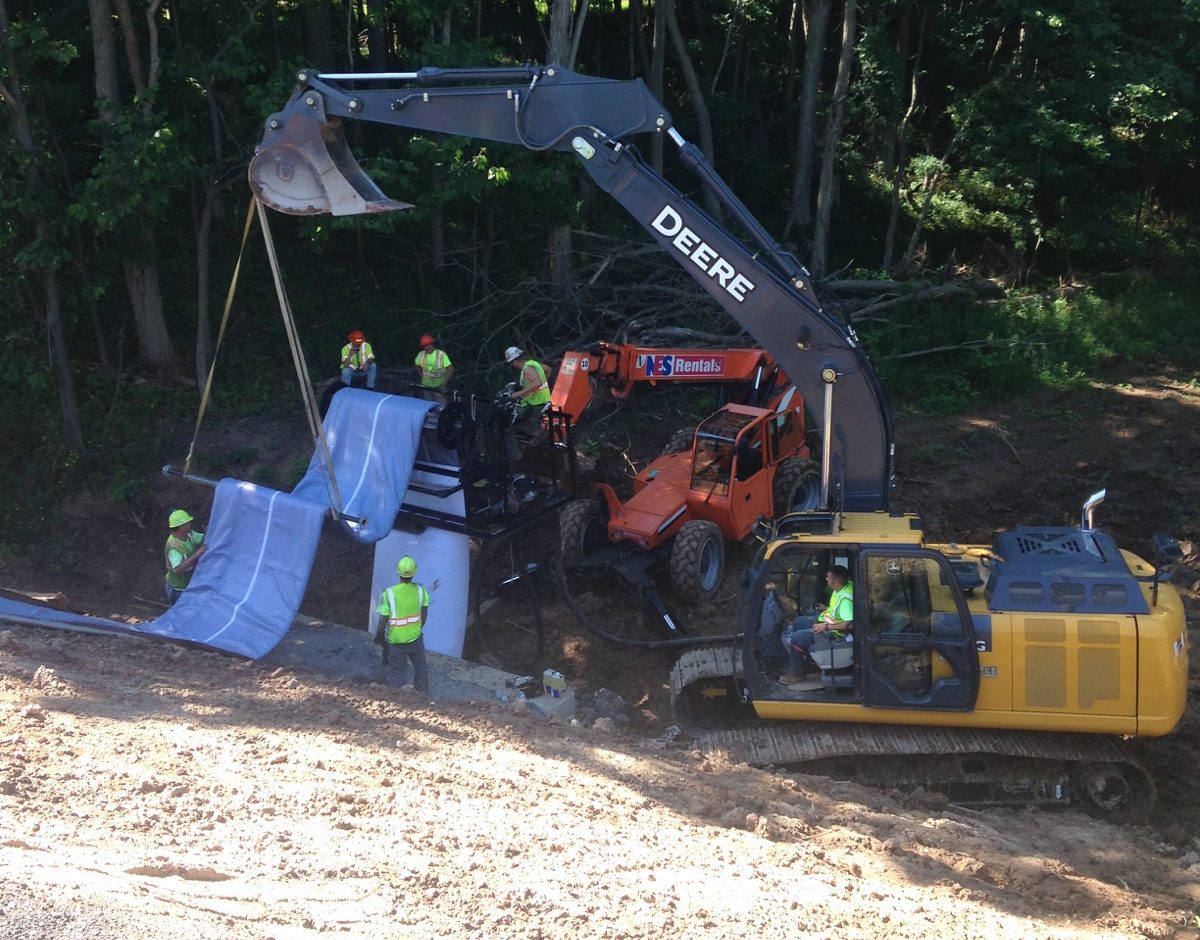Some Background on the Operation of a Nuclear Plant
Nuclear Plants stand out as one of the most complicated machines in the world. When one thing is changed, it can cause a butterfly effect, changing dozens of other plant parameters. Operators go through years of training to learn and understand the principles needed to run one of the most complex machines ever built by man.
We found this youtube video to provide a good background on how nuclear plants work.
A reactor coolant pump (RCP) is used to push water through the reactor to cool it, and transfer the heat to steam generators. The RCP has specially designed seals to keep the water in the core. The RCP has seals around the shaft that are designed to keep leakage at a minimum. There are a few different designs for seals, most of which require water to pass through small passageways to keep things cool.
Westinghouse designed many of these systems, and turned the design over to the A/E to connect their piping to the seal leak-off piping. Some A/Es didn’t consider the high pressure and temperature of the leak-off line during an accident. When this was determined, sites had to re-evaluate their leak-off lines.
A Stress-full Problem
One of the sites found that their vulnerable leak-off piping system stretched over a thousand feet, and we were contracted to evaluate the system.
Higher pressure in a pipe is a relatively easy problem to evaluate from an engineering perspective. Simple hoop stress calculations can show that the system won’t rupture. The complexity for the leak-off line was with the higher temperatures.
High temperatures cause materials to grow (thermal expansion). The problem is that the leak-off line was supported at several locations along the pipe, restricting thermal movement. This effect was the limiting condition for the system. The loads in many pipe supports was found to be significant.
Per the ASME code, thermal stresses are self-relieving for conditions like this. Conservatively, the system was reevaluated taking these thermal stresses into account.
Since the condition was not a seismic event, only the leak-off lines were exerting excessive force on the supports. We used this information, and harvested the margin from the other lines running through each pipe support to show that the pipe supports would survive the event.
The Real Challenge
When we were reviewing individual components, we found that there were flow transmitters that wouldn’t survive the event. The flow transmitters were rated for 300 psi, and the system could see pressures over 2000 psi at temperatures over 500F.
We looked at the design of the flow transmitters, and they appeared to have more wall thickness than the adjoining pipe, so it appeared that bursting was not a concern. To validate this, we reverse engineered the transmitter, and modeled it using FEA.
The analysis showed that the transmitter would not burst; however, the bolts holding the transmitter together were not strong enough. We recommended a bolt swap, which was done without needing the take the system apart, saving time and money.
Result
The RCP Seal leak-off evaluation showed that the site would be able to mitigate the event.

